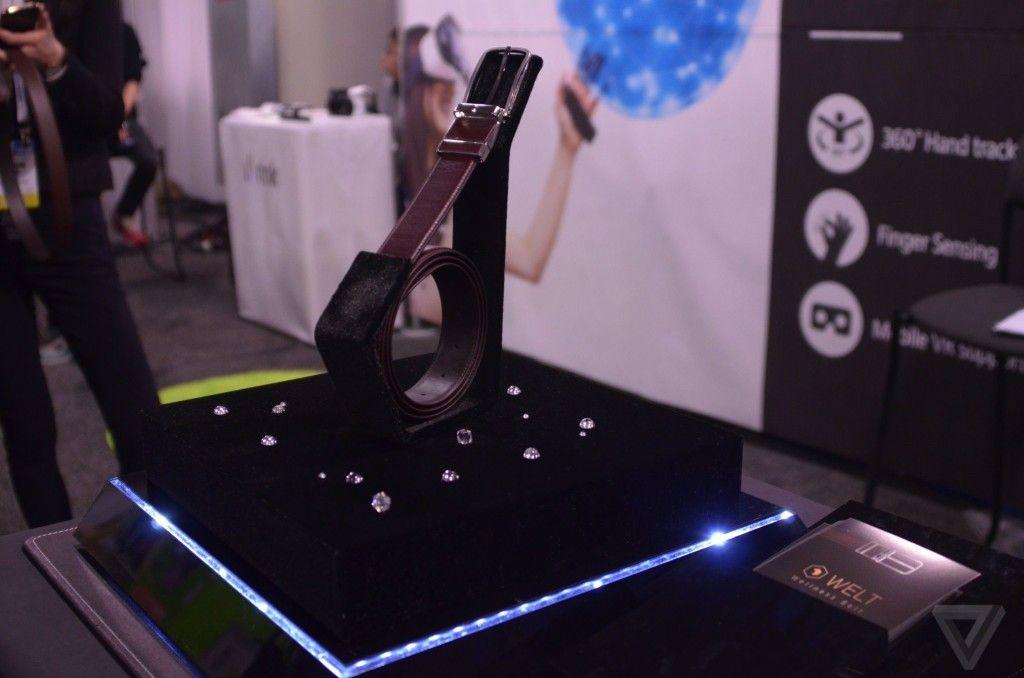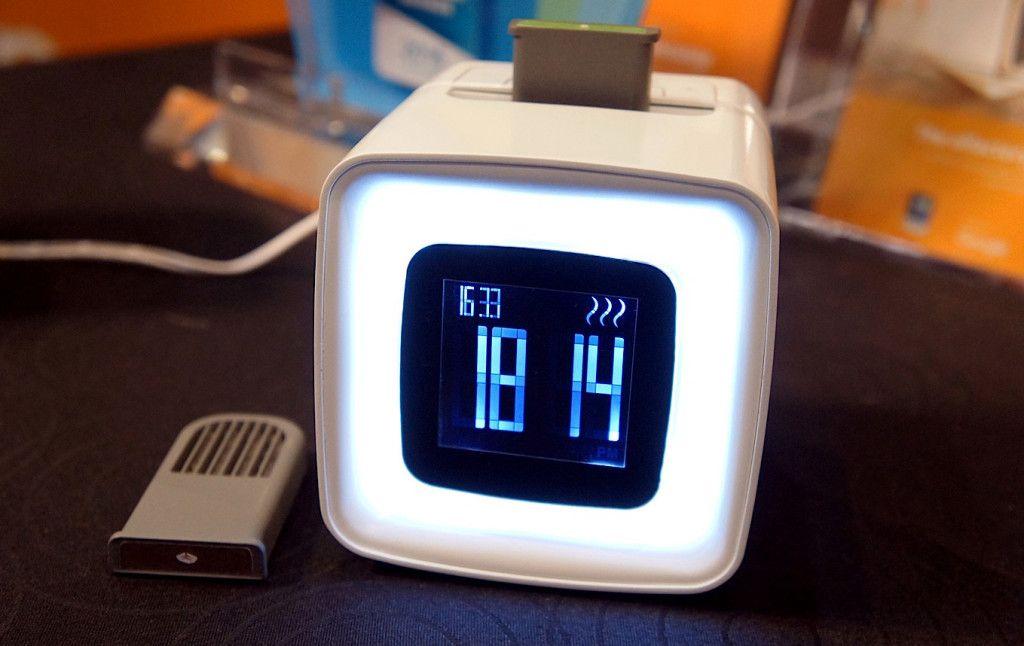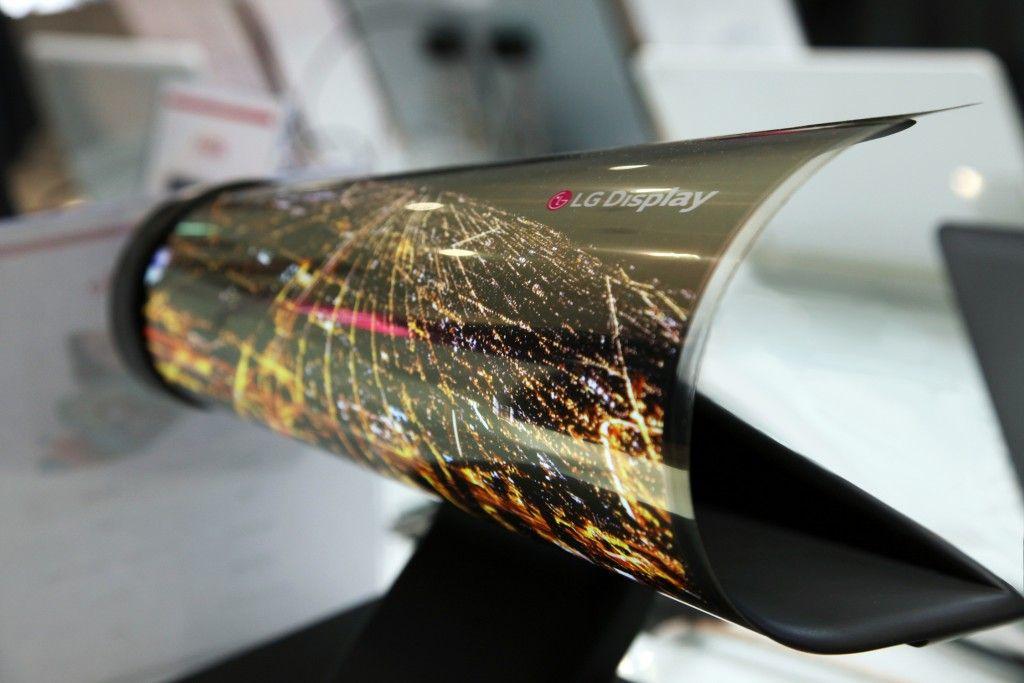CES 2016: Is This Smelly Alarm Clock the Future of Marketing?
Published on January 11, 2016/Last edited on January 11, 2016/9 min read


Todd Grennan
Content Production Principal, Content Marketing at BrazeThe annual CES consumer electronics trade show in Las Vegas has long been a coming out party for emerging technologies. The VCR (1970). The camcorder and the CD (1981). The DVD (1996). Blu-Ray (2003). Not every new product showcased at CES is a winner, but taken together they present a unique window into what the future might look like in six months, or a year, or ten years.
During this year’s edition, which ran January 6–9, some of the exciting technologies on display raised the possibility of a changing landscape that could have a significant impact on the future of marketing. To help you get ready, we’re looking at notable product trends from CES and the opportunities (and potential challenges) they present to marketers. Take a look!
Customer data is becoming more body-focused, more detailed

Photo courtesy of The Verge
The products
- Levl: This device monitors how much fat you’re burning by measuring the amount of acetone in your breath, allowing you to responsively adjust your diet or exercise routine.
- Consumer Physics SCiO: This device can analyze how molecules in food interact with light, making it possible to get data on a meal’s calories, fat content, and more at a glance.
- Samsung Welt: This device looks like your run-of-the-mill leather belt, but it contains sensors that monitor your waistline, how long you sit each day, how many steps you take, and more.
- Digitsole SmartShoe: These connected shoes feature temperature controls, LED lighting, and a built-in fitness tracker that monitors calories burned, steps, and the distance you travel each day.
- Variowell Smart Bed: This bed connects with mobile devices and wearables and can responsively adjust its firmness to encourage better sleep.
The possibilities for marketers
Mobile’s ability to drive intimate, personalized customer experiences powered by seamless customer data collection has been a major boon to marketers, giving them a powerful new way to reach, engage, and retain customers. This year’s crop of wearable devices and powerful, touch-less sensors signal a move toward increasingly nuanced, granular data collection on customers’ health, activities, and more. While it remains to be seen if these products will catch on, widespread adoption could allow marketers to take advantage of the unprecedented data collection opportunities that these devices offer to power a deeper, more intimate level of message personalization.
Right now, finding out how much acetone you’re releasing in your breath or what the fat content is for that piece of cheese you’re about to eat would require lab work and significant expense. Once those barriers are gone, however, it’s possible to imagine a future where—for instance—a fitness app could automatically reach out to customers mid-workout when they’re not hitting their target fat-burning rate and provide guidance that will help them reach their goals.
The challenges for marketers
Even with today’s technology, marketers have to be thoughtful about how they collect data and customize messages in order to avoid creeping out their customers. A personalized message that’s relevant to a customer’s wants and needs and provides value is a message that your audience will respond to; if, on the other hand, you’re using intimate information in off-putting ways, you risk alienating your customer base.
Because so much of the data that these new devices are collecting is health-related, brands should tread lightly when making use of it. And while the information these devices collect isn’t currently covered by HIPAA, its misuse could trigger calls for additional legislation, potentially limiting the usefulness of this data to marketers. Nothing is more intimate than someone’s body and health, and marketers will have to use this information sensitively and with an eye toward value to the customer for it to pay long-term dividends.
Emerging technologies promise new ways to reach customers

Photo courtesy of Engadget
The products
- SensorWake: This smart alarm clock releases concentrated smells—coffee, chocolate, fresh-baked croissants—that can reportedly wake up most sleepers within two minutes
- HTC Vive and Oculus Rift: These devices bring virtual reality into the home, providing consumers with an immersive, 360-degree audio/visual experience, and making it possible to travel the globe or explore imaginary worlds from the safety of your couch.
- Immersit: A piece of smart furniture built to mimic motion seen onscreen in TV shows, movies, games, and more, adding touch and movement to your media consumption.
The possibilities for marketers
Today, marketing outreach leverages humans’ ability to see, hear, and feel to communicate effectively with customers. Phones shake and buzz to let you know that you’re receiving a push notification. Rich in-app messages fill your tablet’s screen to show you a new product and explain its value. That’s not going to stop being important, but some of the products on display at CES highlight emerging communication methods that could expand the ways marketers use sight, sound, motion, and possibly even smells, to reach their customers.
Virtual reality and complementary devices like the Immersit have the potential to create a fully immersive digital world that function like something out of science fiction. If these technologies catch on, marketers will find themselves with a whole new medium with which to reach their audience—though what customer outreach will look like in a totally virtual world is an open question. In any case, finding innovative ways to take advantage of this unique blend of audio, 3D visuals, and responsive motion to engage your customers may well be the next big marketing opportunity.
While the marketing possibilities suggested by a smell-focused alarm clock may seem less significant at first glance, smell is an untapped communication medium that could potentially be very useful in an increasingly overwhelming, distraction-filled world. Imagine how powerful it could be for a brand to let customers know a bakery is nearby not with a push notification, but with the smell of fresh chocolate chip cookies.
The challenges for marketers
As with any new communications medium, figuring out how make use of it effectively to reach your audience will be a trial and error process. Customers may not warm to the new technology, driving down adoption and making it a less valuable channel. The companies pushing the technology may limit or even block marketers’ ability to use it in their outreach. And even if neither of those scenarios come to pass, it’ll probably take a few tries to figure out what an effective virtual reality or smell-based messaging campaign should look like.
Smart devices are expanding the mobile experience in new directions

Photo courtesy of Engadget
The products
- LG rollable display: This paper-thin visual display is deeply flexible and can be rolled up like a newspaper without sustaining damage.
- Loop Personal Display: This digital picture frame can connect with online photo/video services and accounts via wi-fi, allowing your personal photos and video to stream wherever you go.
- 4Moms Infant Car Seat: This self-adjusting smart device is designed to ensure a safe fit in your car and includes digital screens and speakers that talk parents through the installation process.
The possibilities for marketers
Right now, our idea of mobile is tied to smartphones, tablets, and wearable devices. You can receive messages and content wherever you are, but only if you have your phone or other device with you. But these new products point the way to a different future, one where we’re so surrounded by connected devices that the experiences we currently associate with mobile devices can be supported by whatever Internet-enabled objects happen to be nearby.
That rollable display from LG makes it possible to imagine magazines and newspapers adopting it for the physicality we enjoy today, but one married to the digital reach and power of a tablet. The 4Moms car seat and other self-installing, self-regulating smart devices suggest the potential for products that interact with the customer directly, removing the need to look up instructions on mobile devices and creating new venues for brand outreach. And wired devices like the Loop picture frame speak to the possibility of a digital presence that follows you from place to place, populating your surroundings with chosen songs, favorite pictures, and blurring the lines between the physical and digital worlds.
As more devices connect in meaningful ways, it creates new opportunities for marketers to engage customers and to communicate with those who were previously out of reach. Today, if someone forgets to charge their smartphone or leaves it at home, they may not see the urgent push notification you send them until after it’s no longer relevant. But once it’s possible for them to receive that notification on their alarm clock or toaster or on the screen built into their table at a restaurant, a whole world of marketing possibilities opens up. Similarly, when installing an air-conditioner involves a conversation with the device, instead of reading instructions or looking up how to do it on a phone, the lessons that mobile marketers have learned about effective onboarding and customer retention could be applicable to a vast number of products beyond traditional mobile devices.
The challenges for marketers
The rise of mobile has led to significant privacy concerns and worries about digital overload. The intimacy and ever-present nature of mobile devices is an essential part of their value to consumers and brands, but also makes it easy for marketers to alienate their audience by sending messages that are irrelevant, inappropriate, or too frequent. And these same concerns will be even more of an issue in a fully wired world.
Someone who is annoyed by brands that send them multiple push notifications per day is unlikely to respond more positively if those messages reach them on a bunch of different objects. And brands that currently struggle to coordinate the data they collect on customers across different mobile devices will be in for an even more complex challenge in a world where every new device could be tracking customer behavior.
The good news is that this fully-connected world is still a ways off. And while there will undoubtedly be major new challenges to surmount, many of the principles of successful marketing through these emerging technologies will likely look a lot like the ones governing mobile success: thoughtful planning, speedy iteration, and regular testing.
The gist
It’s impossible to see the future with complete accuracy. But it’s still essential to plan for it.
The products on display at this year’s CES suggest that we’re moving swiftly toward a more connected, more data-driven future for marketers. A future marked by vast new opportunities for personalization, data-collection, and audience outreach, but also by new ways of creeping out, overwhelming, or otherwise alienating customers.
Being prepared for the coming marketing landscape may well mean figuring out how to convey your brand identity via smell, but it’s also going to require a new sensitivity toward customer comfort levels. These emerging technologies will only provide value to your brand if your customers are willing to use them to engage with you.
Releated Content
View the Blog
The new inbox reality: How iOS changes are reshaping email marketing

Aparna Prasad

Experience optimization: Turning data insights into better journeys

Team Braze

December 2025 Bonfire Marketer of the Month: Jagex’s Emma Oliver
